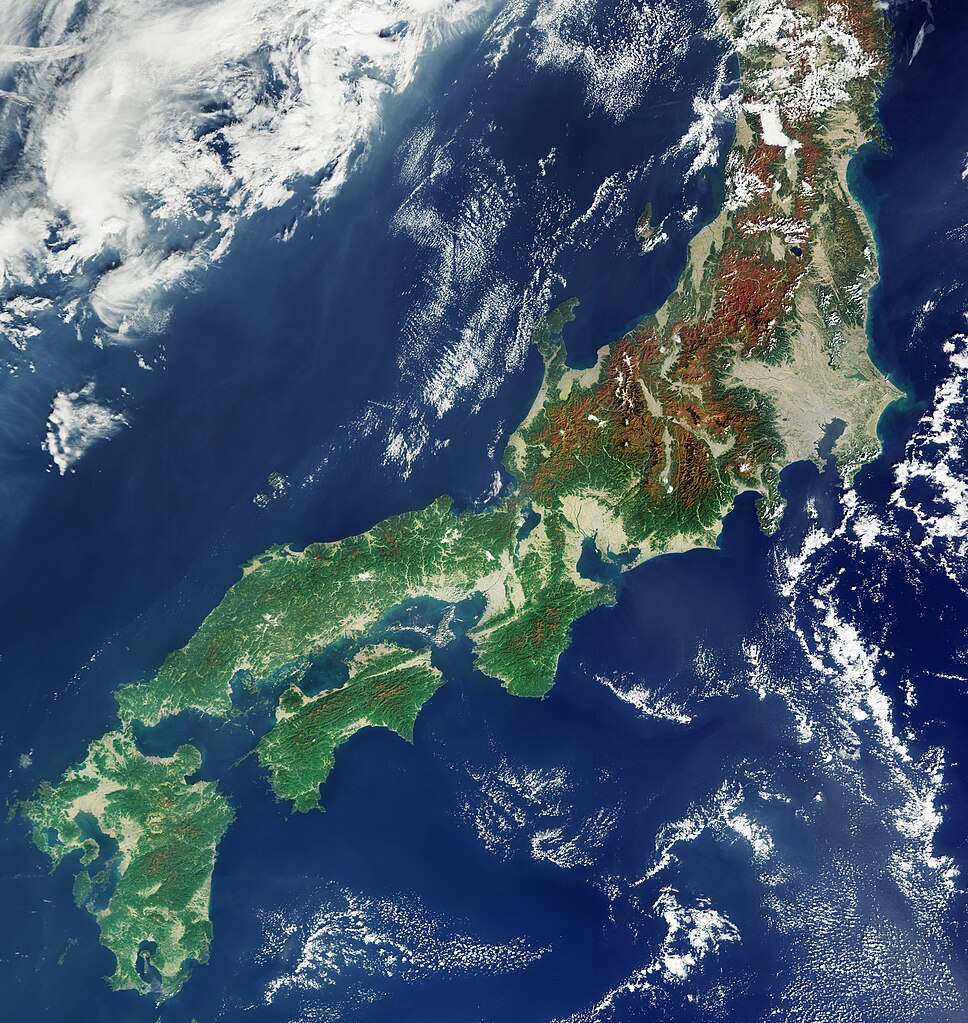Japan’s weather is as varied as its landscape, offering a unique experience in each season. This straightforward guide to the distinct seasons in Nagoya will help you understand the climatic nuances of this fascinating country. From the blooming cherry blossoms in spring to the humid summers, the mild autumns, and the relatively gentle winters, Japan’s climate significantly influences its culture and daily life. We’ll take a closer look at what to expect weather-wise in each season, covering essential tips for comfort and highlighting some seasonal activities.
Spring (March – May)
In Japan, spring is exceptionally pleasant, marked by the cherished tradition of cherry blossom viewing. Families and friends gather outdoors in parks to admire the fleeting beauty of cherry blossoms, a spectacle that typically lasts between 7 and 10 days. These blossoms are a yearly highlight for many.
Spring weather, while a bit unpredictable with alternating cool and warm spells, generally offers mild and comfortable temperatures. The blend of cherry blossoms and the diminishing chill of winter makes spring an ideal season in Japan.
Summer (June – August)
The onset of summer brings the rainy season, dampening the prospects of outdoor activities without an umbrella. June is particularly wet, characterized by cloudy skies, rising humidity, and frequent heavy downpours. Following the rainy season, which persists for 3 to 6 weeks, summer truly begins, bringing daily increases in temperature and humidity, often exceeding 30º C.
August is even hotter and more humid. Summer may not be the most comfortable time to visit Japan, but the fireworks festivals provide a charming experience.
Autumn (September – November)
With the arrival of autumn, the intense heat and humidity of summer start to wane. However, September, the beginning of typhoon season, is often a wet month. While typhoons typically lose their intensity by the time they reach Tokyo, resulting in just a few days of heavy rain and strong winds, cities still feel the effects of these storms.
Throughout Japan, autumn temperatures are pleasant and enjoyable. By late November, the climate cools down, but only a light jacket is usually needed. Autumn, with its comfortable temperatures, is another delightful season in Japan.
Winter (December – February)
Winters in Japan are generally mild. On the mainland, temperatures rarely drop below freezing, even at night. The early part of winter is characterized by clear, crisp days, gradually becoming more wintry as January and February progress. Heavy snow is uncommon, with snowfall occurring only occasionally. However, one might experience Ibukioroshi, cold breezes coming from the mountains.
It’s important to note that mountainous areas experience significantly colder temperatures and more snowfall than lower elevations, often leading to train delays or cancellations due to snow.
Average Temperatures in Nagoya Over the Year (Celsius)
| Month | Jan | Feb | Mar | Apr | May | Jun | Jul | Aug | Sep | Oct | Nov | Dec |
|---|---|---|---|---|---|---|---|---|---|---|---|---|
| Average High (°C) | 9 | 10 | 13 | 18 | 23 | 27 | 31 | 31 | 27 | 21 | 16 | 11 |
| Average Low (°C) | 0 | 1 | 4 | 9 | 14 | 19 | 24 | 25 | 20 | 14 | 8 | 3 |
Average Temperatures in Nagoya Over the Year (Fahrenheit)
| Month | Jan | Feb | Mar | Apr | May | Jun | Jul | Aug | Sep | Oct | Nov | Dec |
|---|---|---|---|---|---|---|---|---|---|---|---|---|
| Average High (°F) | 48 | 50 | 55 | 64 | 73 | 81 | 88 | 88 | 81 | 70 | 61 | 52 |
| Average Low (°F) | 32 | 34 | 39 | 48 | 57 | 66 | 75 | 77 | 68 | 57 | 46 | 37 |
Note: The above temperatures are approximate averages and may vary from year to year. Please check current weather forecasts for the most up-to-date information.
Contains modified Copernicus Sentinel data 2023, CC BY-SA 3.0 IGO, via Wikimedia Commons




